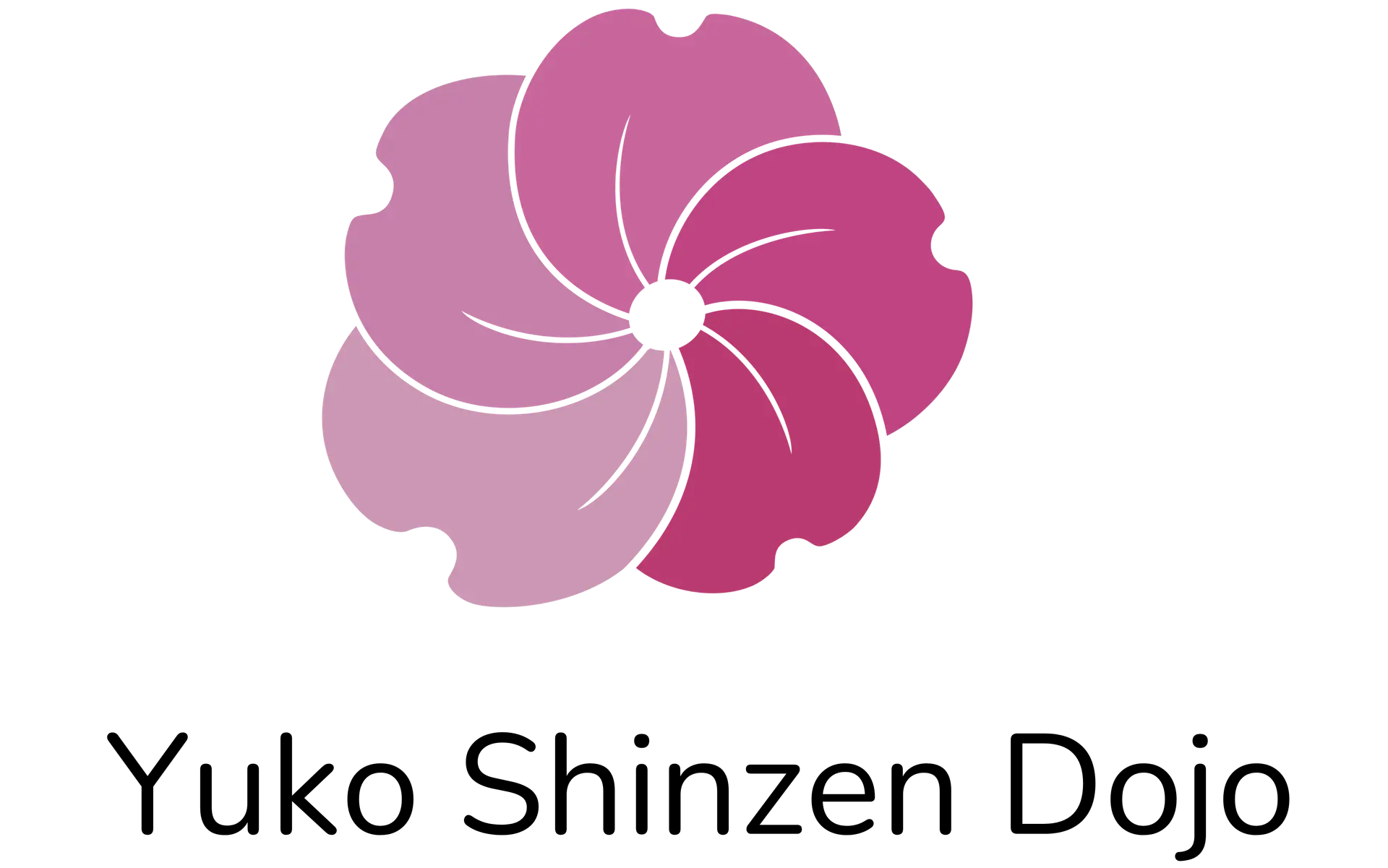AIKIDO
Principles & The Art Of Movement
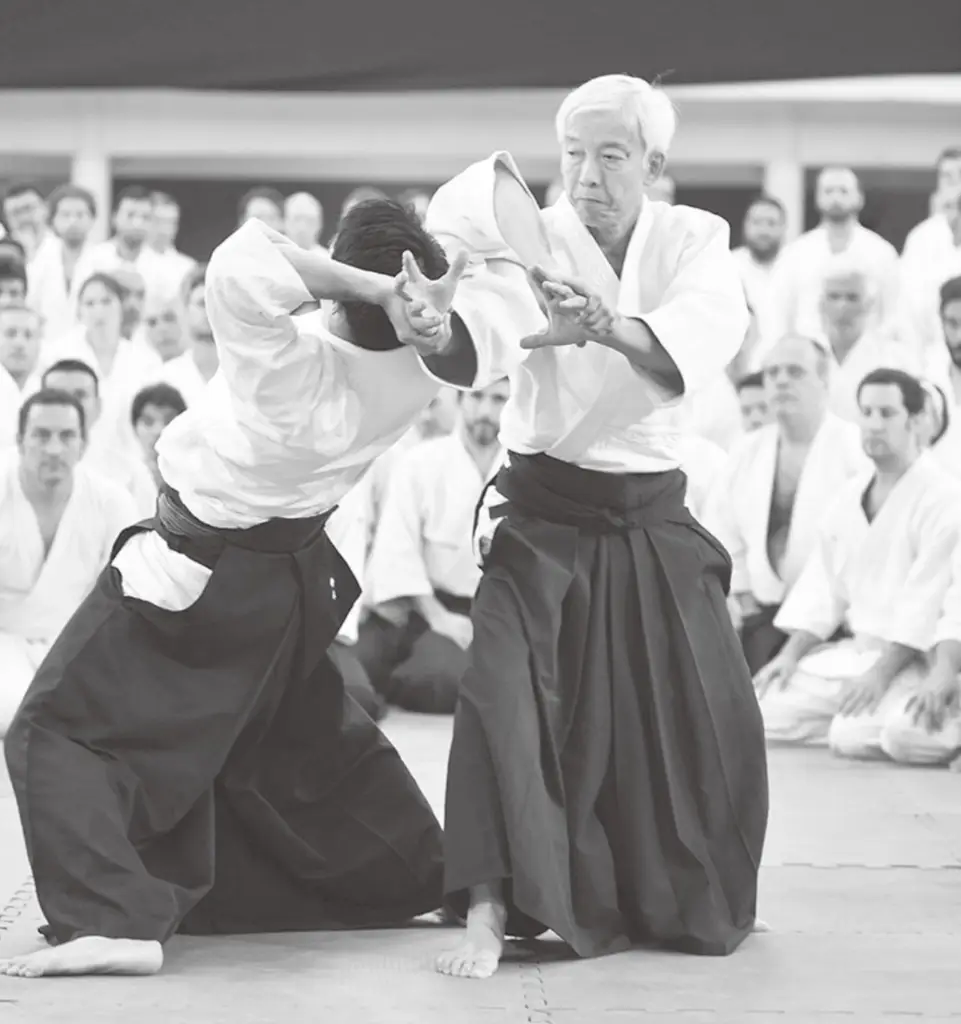
Source: Aikido – The Contemporary Art of Harmony by Doshu Ueshiba Moriteru.
Aikido
Principles
While Aikido’s spirit is rooted in harmony, its expression comes through movement. The Principles of Aikido are the physical embodiment of its philosophy — showing us how to move, enter, turn, and connect without resistance or force.
These principles are not fixed techniques.
They are universal patterns of motion — circular, centered, flowing — that allow us to remain balanced, responsive, and in control under pressure.
Through principles such as awase (blending), ki no nagare (flow), and irimi (entering), we learn to act not from reaction, but from alignment — with our partner, with ourselves, and with the moment.
This section outlines the core mechanics of Aikido movement:
how to redirect energy, maintain center, and move with power that is soft yet decisive.
To move with principle is to move with purpose — calm, connected, and clear.
合 気 道
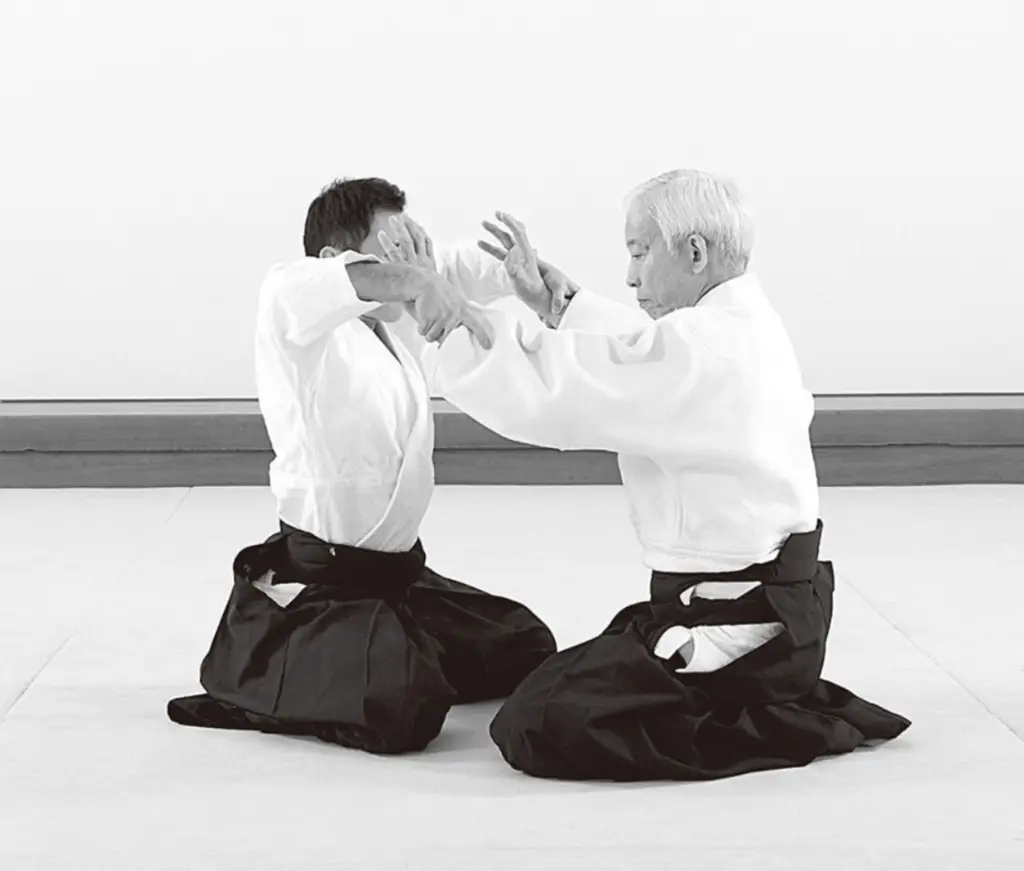
Source: Aikido – The Contemporary Art of Harmony by Doshu Ueshiba Moriteru.
Awase (合わせ)
Blending, Not Clashing
Where there is harmony, there is control without domination.
Awase means “to blend” — to join with your partner’s movement rather than oppose it. In Aikido, awase is the foundation of non-resistance: it allows us to meet energy without tension, to follow it without submission, and to redirect it without conflict.
This blending happens in timing, distance, and intention. It is not passive, but attentive. It requires listening through motion — and moving with clarity, not impulse.
When awase is present, techniques arise naturally. There is no need to force, because nothing is being blocked.
Ki no Nagare (気の流れ)
Flowing Energy
Flow does not escape conflict — it transforms it into movement.
Ki no Nagare refers to the uninterrupted flow of energy — both yours and your partner’s. In Aikido, movement should never be stiff or segmented. Instead, it should be continuous, like water flowing through and around obstacles.
When we embody Ki no Nagare, we stay in motion — physically and mentally. We respond before resistance appears. We guide rather than control. This principle reminds us that real strength lies in continuity, not rigidity.
To break the opponent’s rhythm is to stop flowing. To stay connected is to remain free.
En no Ugoki (円の動き)
Circular Motion
A straight line divides. A circle invites.
En no Ugoki means “circular movement” — a defining characteristic of Aikido. Rather than meeting force head-on, Aikido uses curved, spiraling motion to absorb, redirect, and neutralize energy.
Circles in Aikido are not just shapes — they are strategies. They allow us to remain centered while moving, to blend without resistance, and to deflect power effortlessly.
Whether stepping, turning, or pivoting, circular motion allows technique to flow naturally. It transforms conflict into rhythm and creates control through grace, not force.
Hara (腹)
Center of Energy and Presence
From the hara comes breath, movement, and clarity.
Hara refers to the lower abdomen — the physical and energetic center of the body in traditional Japanese arts. In Aikido, hara is more than anatomy; it is the source of grounded movement, calm presence, and internal stability.
When we move from the hara, we move with control, balance, and unity. The arms follow the center, not the other way around. Emotionally, hara represents quiet confidence — the ability to act without hesitation or fear.
To develop hara is to become unshakable — not by standing still, but by moving from a place that is deeply rooted.
Chūshin (中心)
Axis and Balance
To find your center is to stop being controlled — and begin to guide.
Chūshin means “center” — the axis around which movement revolves. In Aikido, maintaining your center is essential to staying balanced, stable, and connected during motion.
When your center is clear, your movements are efficient and your responses are natural. You can pivot without falling, absorb energy without collapsing, and extend power without losing control.
Chūshin is not just physical alignment — it is the state of being centered in both body and mind. It is what allows you to move with confidence, without being pulled or pushed off course.
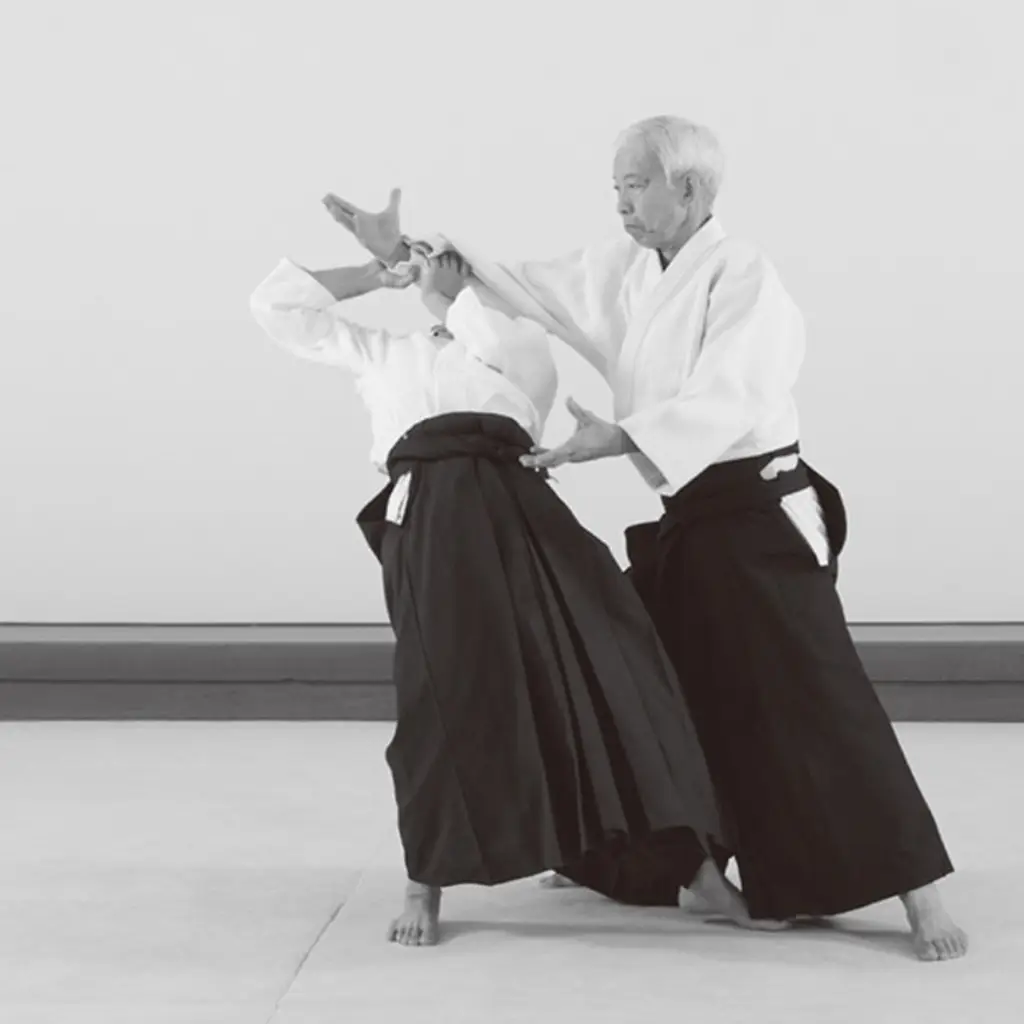
Source: Aikido – The Contemporary Art of Harmony by Doshu Ueshiba Moriteru.
Tai-sabaki
The Art of Movement
Tai-sabaki (体捌き) means “body handling” — the art of moving your entire body in harmony with energy, timing, and intent.
In Aikido, tai-sabaki is not about stepping for technique — it is the technique. It is how we enter, turn, shift, and reposition ourselves without resistance.
Through tai-sabaki, we learn to blend with force rather than stop it, to evade without fleeing, and to take the center without confrontation.
It is the foundation for applying all Aikido principles — from irimi to tenkan — allowing movement that is fluid, balanced, and deeply rooted.
True Aikido is not done with the hands, but with the whole body moving as one.
合 気 道

Source: Aikido – The Contemporary Art of Harmony by Doshu Ueshiba Moriteru.
Irimi (入身)
Entering
To enter is to meet conflict without fear, and transform it without force.
Irimi means “to enter” — not just physically, but mentally and energetically. In Aikido, irimi is the act of stepping forward into the space of the attack, aligning with the direction of force instead of avoiding it.
This movement requires courage and clarity. It is not aggression, but presence. By entering with precision and timing, we move to a safe and dominant position where the technique can unfold naturally.
Irimi teaches us that retreat is not always the answer. Sometimes, the most peaceful path is to step in — with calm, connection, and intent.
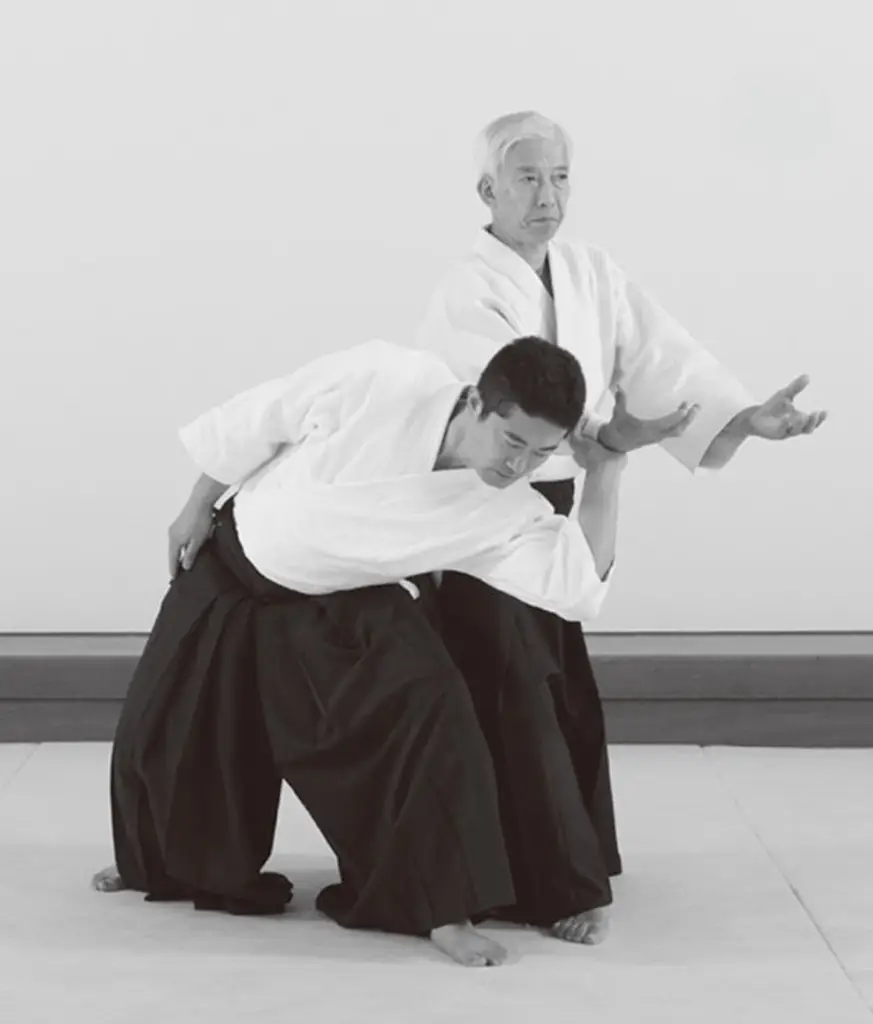
Source: Aikido – The Contemporary Art of Harmony by Doshu Ueshiba Moriteru.
Tenkan (転換)
Turning
Tenkan is the art of leading through letting go.
Tenkan means “to turn” — a pivoting motion that redirects energy without opposing it. In Aikido, tenkan allows you to blend with an attack and rotate around its force, creating space, balance, and opportunity.
This turning is not retreat. It is an intentional change of direction that keeps you centered while unbalancing your partner. When used with proper timing, tenkan transforms confrontation into motion, and motion into control.
It is a reminder that sometimes, the most effective response is not to push back — but to turn with grace and awareness.
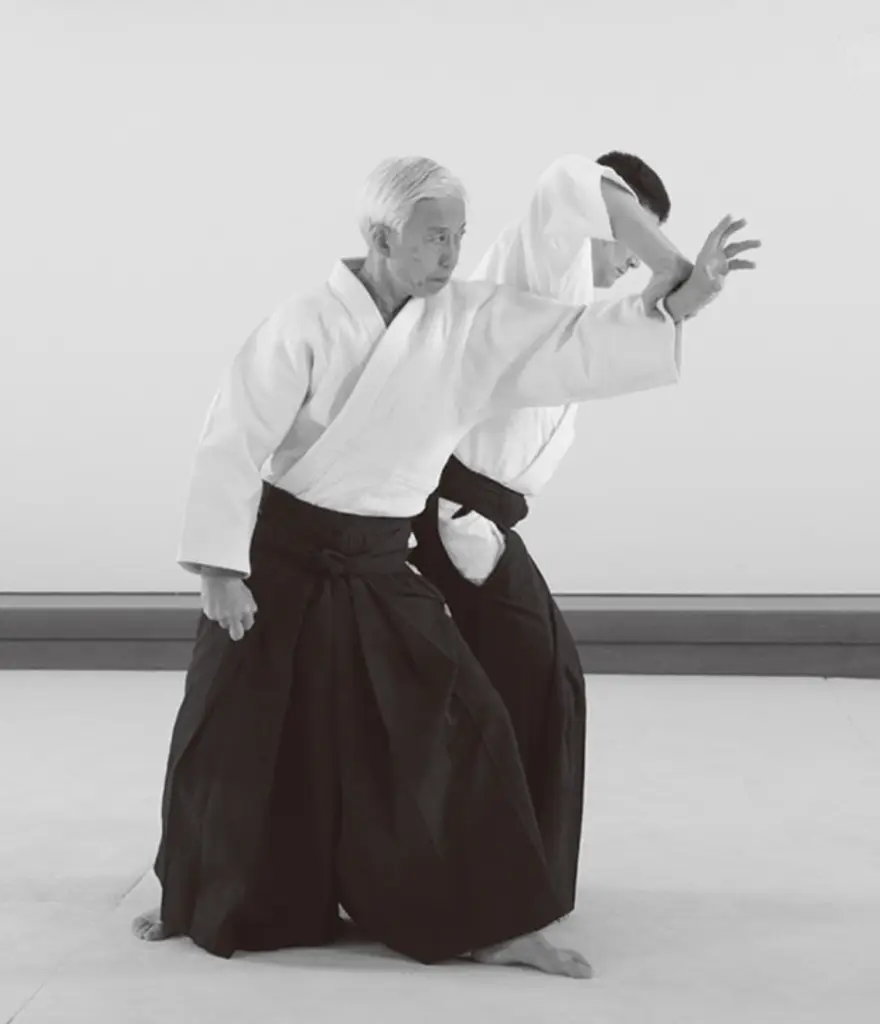
Source: Aikido – The Contemporary Art of Harmony by Doshu Ueshiba Moriteru.
Tenkai (転回)
Inside Rotation
Tenkai is not escape — it is evolution through movement
Tenkai means “to rotate” or “to turn around” — often describing a spiraling motion where the body pivots inward to realign with the partner. In Aikido, tenkai allows for fluid, internal redirection that keeps the practitioner connected while changing orientation.
Unlike a sharp pivot, tenkai is smooth and circular. It’s used to slip behind the opponent’s line, take their center, or switch from defense to control — all without breaking flow.
It expresses the idea that true redirection begins from within, not from forcing the other, but from reorganizing yourself in the moment.
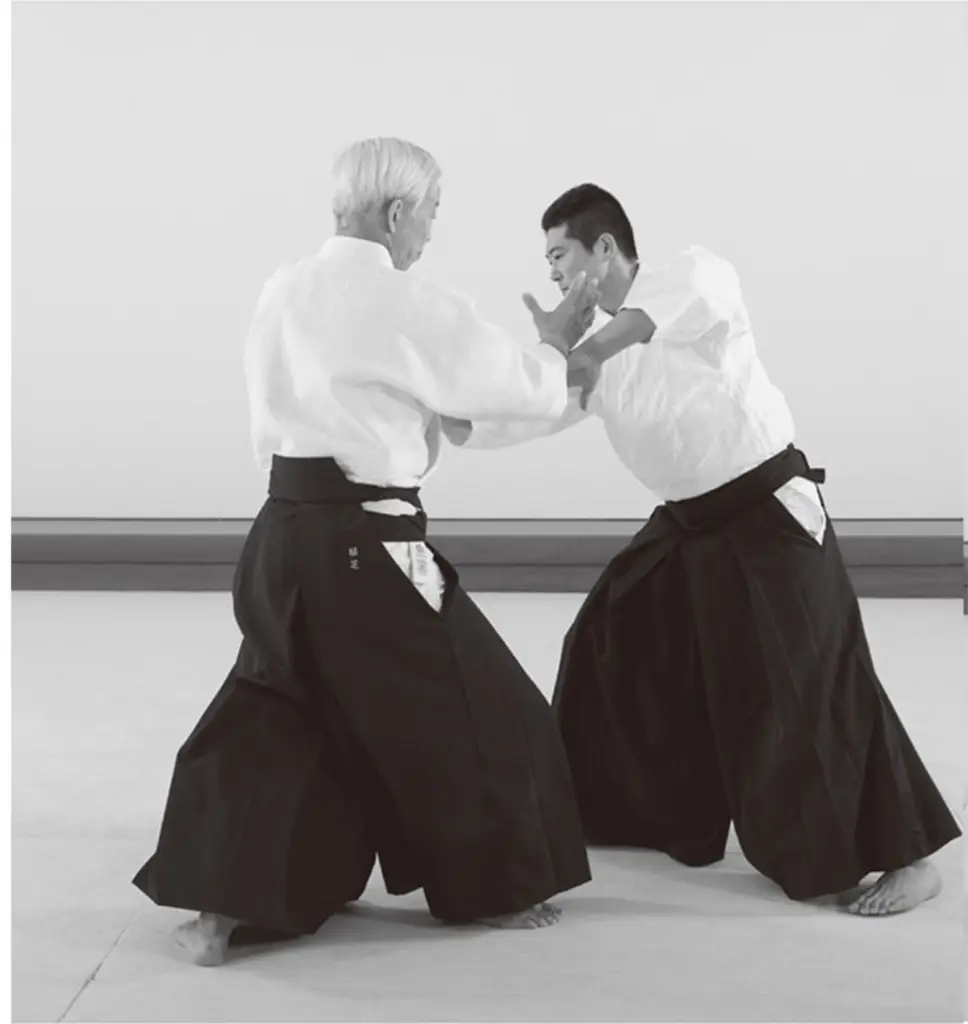
Source: Aikido – The Contemporary Art of Harmony by Doshu Ueshiba Moriteru.
Tenshin (転身)
Shifting the Body
Tenshin is the wisdom of moving just enough — no more, no less.
Tenshin means “to shift the body” — a subtle, angled movement used to evade an attack while maintaining connection and readiness. Unlike a full turn (tenkan), tenshin involves a diagonal or off-line step that changes position without breaking flow.
In Aikido, tenshin creates safety without retreat, allowing the practitioner to blend, reposition, and prepare for the next movement. It reflects the principle of non-resistance — meeting force with responsiveness instead of confrontation.
Tenshin teaches us to adjust without losing intention. A small shift, done with clarity, can change the entire outcome.
